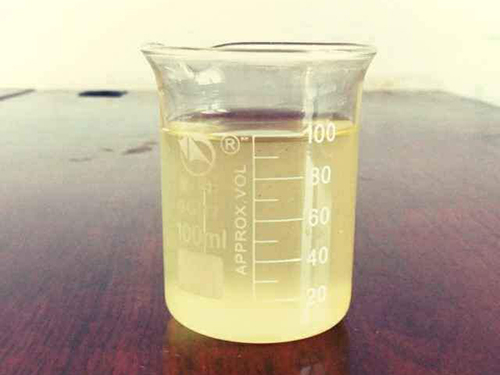poly aluminium chloride for water treatment
Poly Aluminium Chloride for Water Treatment An Overview
Water treatment is an essential process that ensures the safety and quality of drinking water, as well as the effective management of wastewater. Among the various chemicals used for treating water, Poly Aluminium Chloride (PAC) has gained significant attention due to its efficiency and versatility. This article provides an overview of PAC, its applications, benefits, and the mechanisms through which it operates in water treatment.
What is Poly Aluminium Chloride?
Poly Aluminium Chloride is a coagulant that is widely used in the processes of water treatment. It is synthesized from aluminum hydroxide or aluminum oxide and hydrochloric acid. The result is a polymeric compound with a distinctive chain structure, which enhances its capability to agglomerate impurities present in water. PAC typically appears as a white, amorphous powder or a pale yellow solution, which is easy to handle and store.
Importance in Water Treatment
The primary role of PAC in water treatment is to facilitate the coagulation and flocculation processes. Coagulation involves the destabilization of suspended particles in water, making it easier for them to aggregate, whereas flocculation refers to the coming together of these aggregates into larger clusters, known as flocs. Once flocs are formed, they can be removed from the water through sedimentation or filtration, effectively reducing turbidity and eliminating contaminants.
PAC is particularly effective when treating high turbidity waters, as it can work efficiently across a wide pH range (typically from 4 to 10). Its superior performance compared to traditional coagulants like alum is attributed to its higher charge density and larger molecular weight. These properties enable PAC to bridge particles more effectively, resulting in larger flocs that settle quickly.
Advantages of Using PAC
poly aluminium chloride for water treatment

1. Higher Efficiency PAC has been shown to work more effectively at lower dosages than other coagulants, such as alum. This efficiency can lead to cost savings in terms of chemical usage and overall treatment costs.
2. Wider pH Tolerance PAC performs well across various pH levels, making it suitable for different water sources, whether they are acidic or alkaline.
3. Sludge Reduction The use of PAC typically results in less sludge generation compared to other coagulants. This is particularly beneficial for wastewater treatment facilities, reducing the load on sludge handling and disposal systems.
4. Improved Water Quality PAC not only removes turbidity but also enhances the overall quality of treated water by removing various contaminants, including heavy metals, organic matter, and algae.
5. Versatility PAC can be used in a variety of applications beyond drinking water treatment, including industrial wastewater treatment, paper manufacturing, and ceramics production. Its adaptability makes it an attractive option for different sectors.
Conclusion
The role of Poly Aluminium Chloride in water treatment is vital to ensuring clean and safe water for consumption and environmental protection. Its effective coagulation and flocculation capabilities, coupled with its advantages over traditional coagulants, make it a preferred choice in various water treatment processes. As water quality issues become increasingly pressing due to pollution and population growth, the use of efficient treatment agents like PAC is likely to expand further. The ongoing research and development in this field may lead to even more effective formulations and applications, ensuring the sustainability and safety of our water resources in the future.
In summary, Poly Aluminium Chloride is transforming water treatment practices with its superior performance and operational benefits. As technology progresses and water quality demands continue to rise, PAC stands out as a reliable solution for modern water treatment challenges.
-
Water Treatment with Flocculant Water TreatmentNewsJun.12,2025
-
Polymaleic AnhydrideNewsJun.12,2025
-
Polyaspartic AcidNewsJun.12,2025
-
Enhance Industrial Processes with IsothiazolinonesNewsJun.12,2025
-
Enhance Industrial Processes with PBTCA SolutionsNewsJun.12,2025
-
Dodecyldimethylbenzylammonium Chloride SolutionsNewsJun.12,2025





